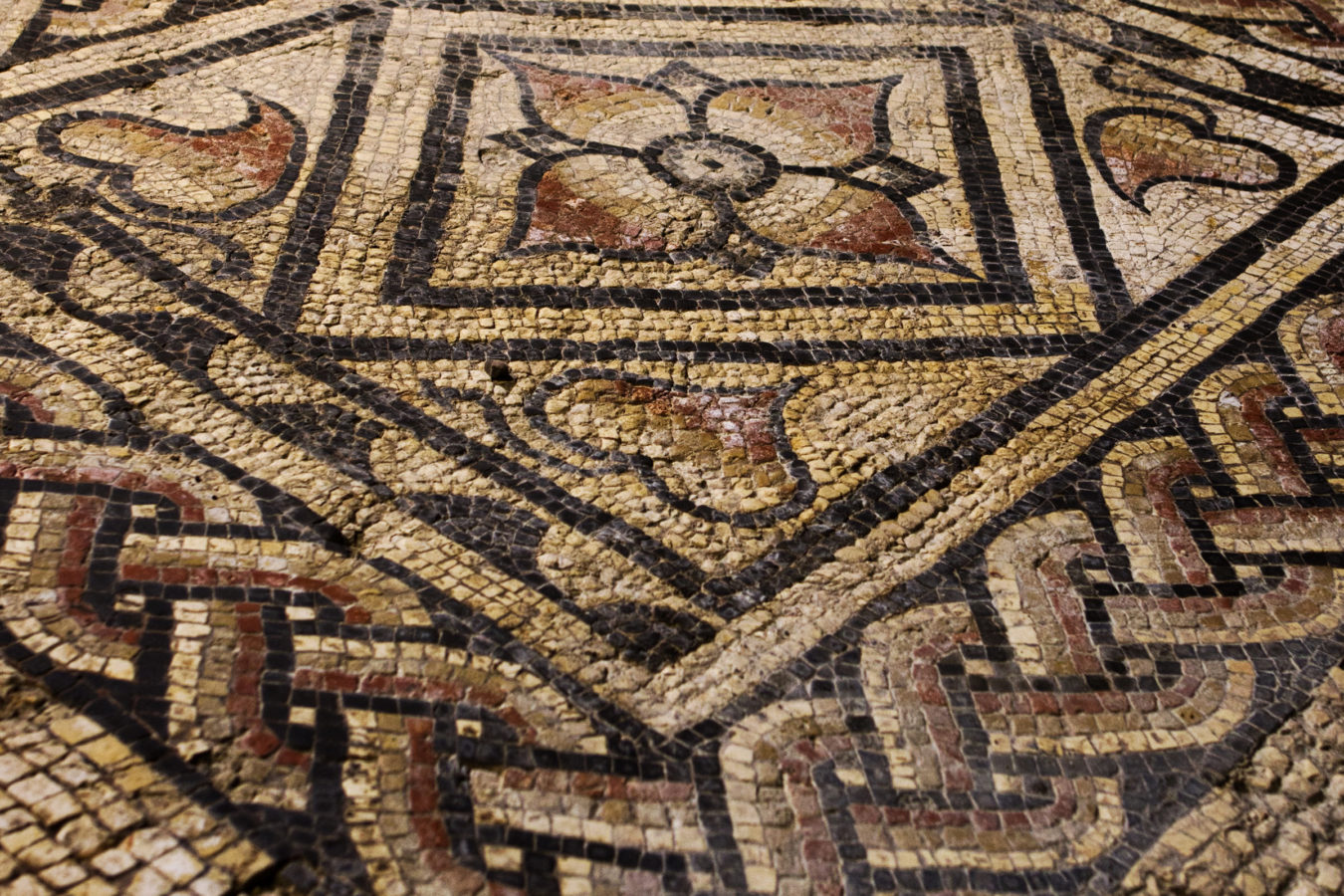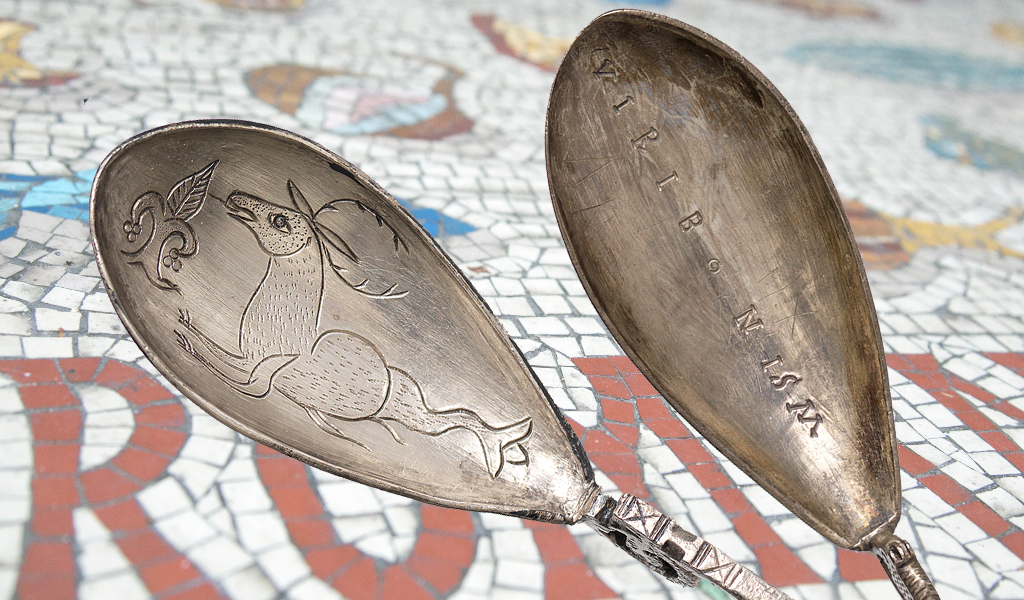
Roman Silverware
These two Roman silver spoons were found by chance during roadworks in 1962. One of the spoons has an engraving of a sea-stag on it. The other has an inscription, ‘viribonum,’ the Latin for, ‘I belong to a good man.’

Life in Roman Canterbury
Use this interactive video to explore what life would have been like in the streets of Roman Canterbury. This resource provides detailed information about various aspects of society in Roman Canterbury.
The resource is designed to be used in the classroom, at home, before or after a visit to the museum. It also compliments our Roman Technology Workshop & Handling Session and Roman Loan Box Offer.
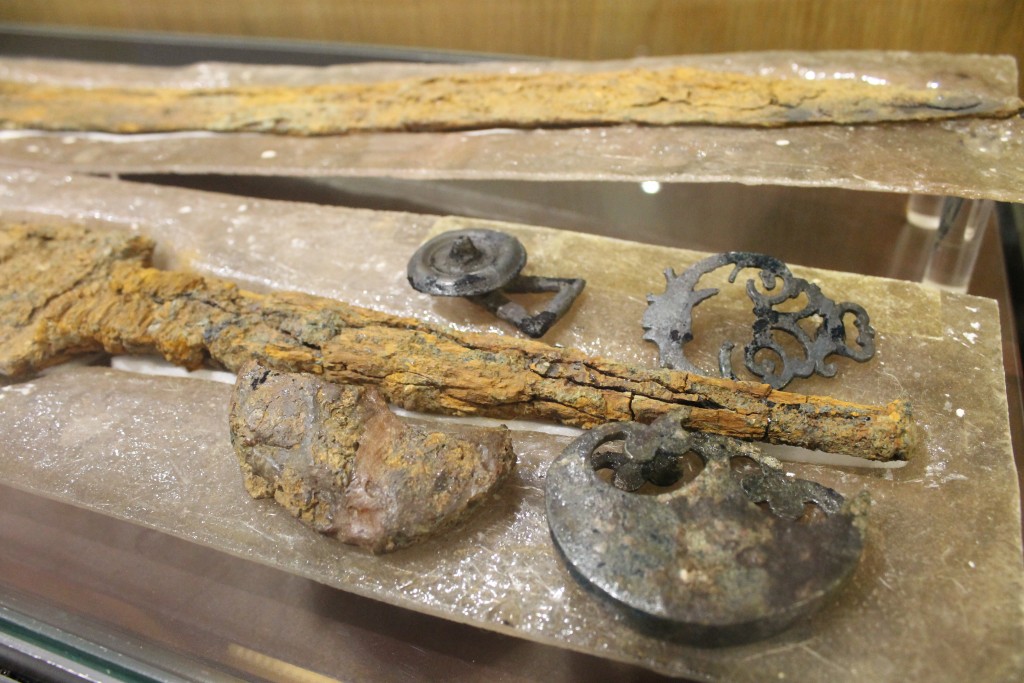
Double Sword Burial
This is what we call the double sword burial: the remains of two long swords in their scabbards, the fittings from belts and decayed hobnail boots. The artefacts were found in Canterbury with what we think are the skeletons of two roman soldiers! However, this burial is very suspicious, the two skeletons were buried in one grave, not in a cemetery and were buried along with their swords…
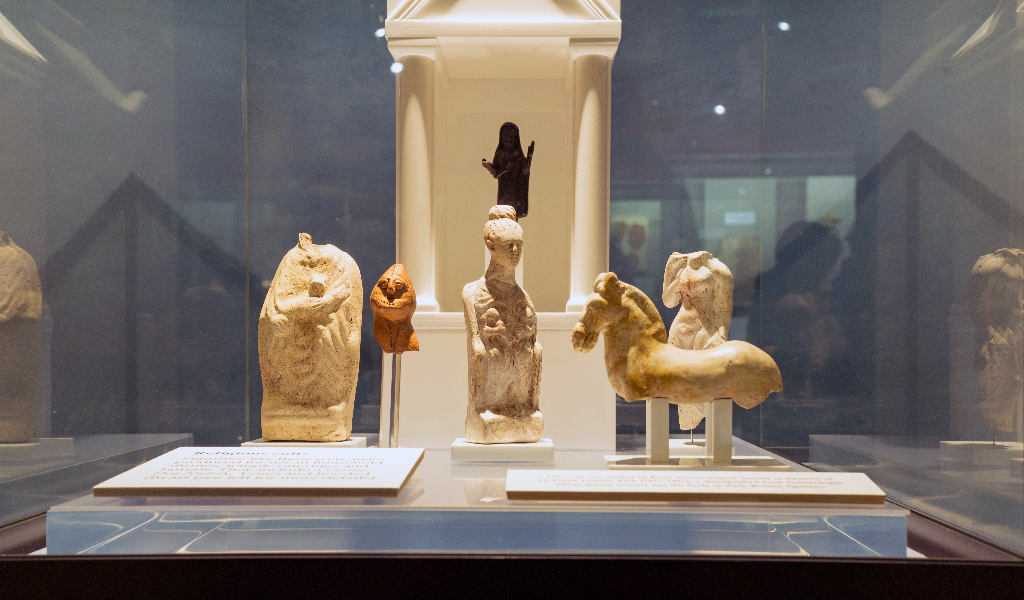
Dea Nutrix
Dea Nutrix was known as the Nursing Goddess, you can see she is breastfeeding two babies. Figurines like this have been found in graves, houses and shrines. It is most likely that Dea Nutrix is a kind of Roman version of the Celtic goddess of fertility and childbirth.
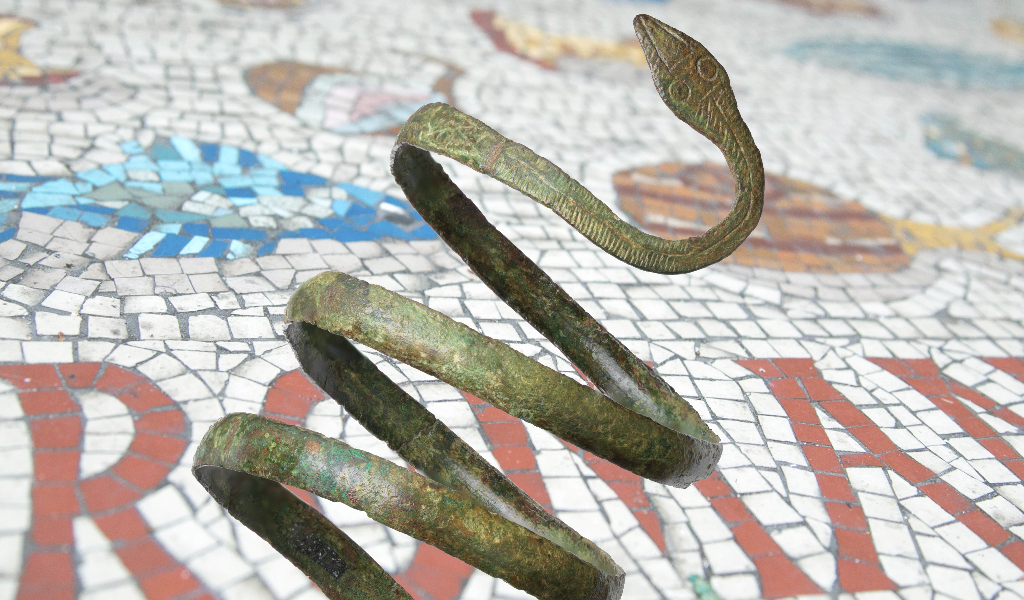
Roman Jewellery
Roman men and women wore jewellery, especially rings and bracelets. This bracelet is in the shape of a snake.
